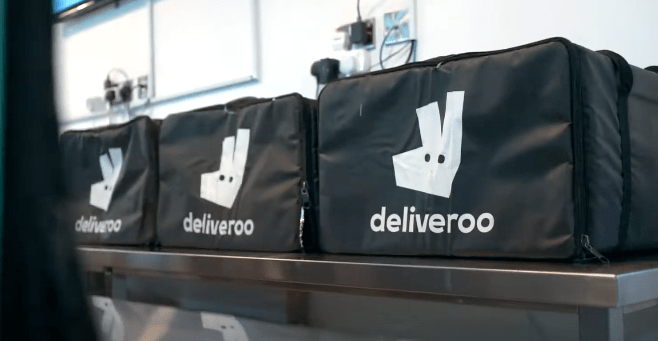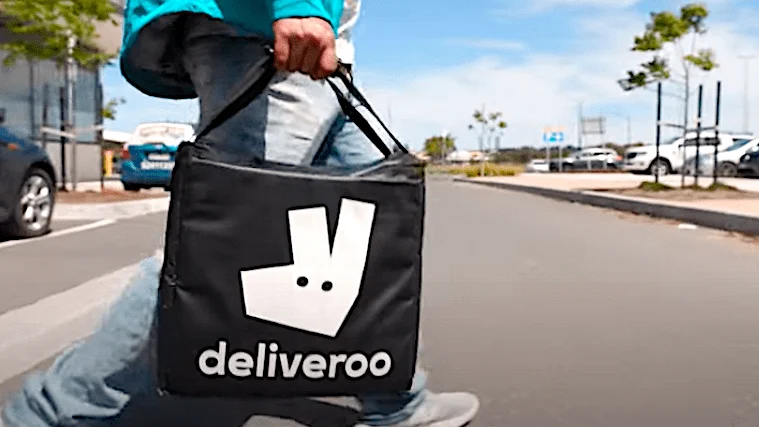Deliveroo leaves Australia – was not expected news. The company announced its exit from the country on 16th November 2022.
There were no prior indication and from media interviews staff had no inkling. There was also no sign of cost cutting measures prior to the announcement.
This despite its dismal IPO in London on 31st March 2021, some 18 months earlier, it still came as a surprise.
The IPO, the largest for London since 2011 was supposed to have been a “runaway success” as described by the Guardian UK. It had the highly reputable JP Morgan Chase and Goldman Sachs as lead investment advisors. Amazon, the digital retail giant had taken a 16 % stake indicating confidence.
The general consensus after the IPO was that the initial price set at the IPO was ambitious and the first hours and days trading proved that.
There was also no indication that their business model had fundamental issues and no analyst had pointed to any.
So what did go wrong in Australia that led to its exit from major market? Was it something specific to Australia as a market as in the case of Starbucks some 14 years earlier.
Starbucks downsizing in Australia in 2008
It’s certainly was not like Starbucks Australia another unexpected and surprise announcement then .
The global chain and brand that everyone knew announced in 2008 that it was closing down 70% of its 90 stores across Australia.
In 7 years since its Australian entry Starbucks had accumulated losses thru-out without turning a profit. It was an unusual announcement as no other country in Starbucks’ near worldwide geographic coverage had that issue.
Coffee variant
For Starbucks it was simply down to taste. Australians preferred the less sweeter and expresso variant Flat White which is also stronger.
With the rise of Australian local chains and numerous independent operators, Starbucks gradually lost its market.
Even their Starbucks staples Cappuccino and Latte were much more sweeter and more milky compared to its competitors such as Hudson’s, Gloria Jeans plus the scores of independent coffee operators.
Italian and Greek migrant waves of 1900s to Australia had introduced the version that was popular in Europe and much of the World with the exception of North America.
They also began to follow the Starbucks concept of good locations with high footfall with ready to eat and takeaway food. They also began to compete with Starbucks at major malls and their baristas played a part.
The food delivery start-up business model
Back to Deliveroo.
In a nutshell it is not the business model. The model is no different to its competitors in Australia such as Uber Eats, Menulog, HungryPanda and DoorDash.

Its app is no different to the others in the main. The same in the recruitment of delivery riders, operating and commercial engagement with food establishments. The same regulatory pressures in the classification and treatment of its workers impacted Deliveroo and others as well as well as their competitors.
Deliveroo in Australia is not a new start-up and learning the ropes. In fact it was the first international generic food delivery company to enter Australia some 7 years ago. A pioneer and someone who had first move advantage.
Deliveroo began life in Australia in 2013. Some 9 years earlier in London, the tough test -bed after California for this genre. So it was battle tested and you could not get a better endorsement than Amazon investing significantly in it.
It was a proven model dropped into Australia. Then came the competition. And compete it did not.
The race to critical mass scalability
It came down to competition and lack of market penetration that spelt its demise.
Market size and leadership is the key for such a start-up model and by all accounts it is a race.
The cash burn rate is high and something its early investors and backers are fully aware. Not meeting market size and failing to achieve a profit over a reasonable time is a known risk, a calculated risk but up to a point.
What however is remarkable is that Uber Eats, Hungry Panda and DoorDash entered the market after Deliveroo in Australia. It would make an interesting case study in business schools in Australia how it lost the first mover advantage.
There are number of possibilities ranging from insufficient funding, worker remuneration, merchant partnerships issues, regulatory environment to getting their analytics wrong.
Days after the exit announcement their voluntary administrator did state that the parent company in London were no longer prepared to fund them.
This genre of business start-ups is also notorious for its difficulty to scale compared to other business genres.
Exit reason
Every new market entrant has to source staff to deliver as well recruit food outlets as clients, the two sides of the same coin.
Except for the app which is digital nearly everything else is analogue and physical. There has to be actual physical contact with food outlet operators , agree to terms, curate their online delivery menu, teach them to operate their devices etc.
In comparison you can set up an online retail store and scale it far more quickly.
At the time of writing Deliveroo as a holding and listed company in London has yet to make a profit.
Its did announce that it is in line to be profitable in the second half of 2023 or early 2024. And the Australian market became a an apparent drag to its earnings. It had to go.

Bear in mind that Deliveroo had announced its exit from the Netherlands market one month earlier in October 2022. They also exited the Spain in August 2021.
It does look like Deliveroo Head Office in London decided to consolidate their resources and work in markets that meet their own business number targets. Not that Australia as a market is an issue.
So it’s part and parcel of experimenting and trialing in promising markets while competing with others. It currently operates in 5 European and 4 Asian countries. Further consolidation is not unexpected as dominant players like Talabat in the UAE are growing significantly.
Tighter regulatory conditions
This is something that adds cost to companies in the gig economy. Organised unions and labour regulations are relatively harder to bypass in number of market and Australia is one.
There has been exits in the Netherlands markets for other companies for regulatory reasons as well. I did write about Zapp in Netherlands in an earlier post due to regulatory pressure.
So what started as a gig model is slowly evolving into main stream especially when it comes to treatment of workers. Some attractive gig features such as flexible working hours and ease of applying for a job remains.
Affluent catchment area
Customer demographics plays a big part for this genre in relative terms to other genres. More affluent the customer, the order size is larger and there is a high correlations to margins.
So the key for food delivery operators is high density and or affluent areas such as the CBD and high end suburbs. So penetration with focus. Noticeable in the fast food sectors.
It no surprise that smaller towns and sparsely populated areas are not covered and there is higher dependency on having in-store delivery riders.
The Australian market
The outlook for Australia and Australian consumers is still promising with Deliveroos’s exit.
There are 4 significant players still in the markets supplemented with some food outlets operators having their own in-house delivery riders serving their customer catchment area.
The Australian Competition and Consumer Commission ACCC is there ensure that there is a level playing field and that any signs of cartel and monopolistic behaviour is addressed. It does look like Uber Eats year on year rapid growth and close to two thirds market share would draw its attention.
Prominent players in Australia such Uber Eats, Menulog, HungryPanda and DoorDash will continue to compete. The key areas are customer app take-up , delivery order timing as well as recruiting and serving the other side who are food outlets and establishments.
The key differentiators will continue to be ease of app use, number of food outlets that are covered, speed of delivery, service standards and recovery steps when orders are not correct.
The Australian outlook
What is certain is that food delivery especially with Covid as an accelerator will continue to grow.
More and more people find it convenient, the ability to reach wider range of food options and more importantly the ease of placing an order and tracking it.
It has become second nature for some as part of their weekly existence, either in the office or at home.
I won’t be surprised if further market consolidation takes place which is also a norm for this business model.
